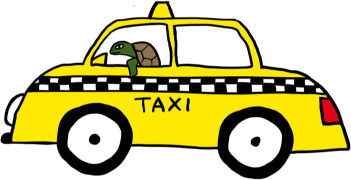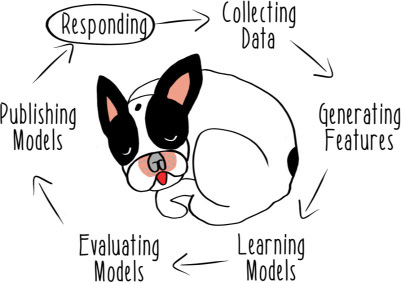Chapter 8. Responding
This chapter covers
- Using models to respond to user requests
- Managing containerized services
- Designing for failure
Now we come to the final component of a machine learning system—the part responsible for using models to respond to user requests and act on the real world (see figure 8.1). In the last chapter, we began using models in a more real-world way than just playing with them on a laptop. The approach we took involved building predictive microservices that wrapped models and then putting those microservices into containers. This chapter continues that approach by using containerized predictive services in systems that are exposed to real requests for predictions.
Using models in the real world is tough. To learn about all the complexity of using models in the real world, we need to move from the quiet of the farm to the bustle of the big city. We’ll consider the fastest-moving animals in the city: turtles.
One of the most successful startups in the entire animal kingdom is Turtle Taxi, a technologically sophisticated take on the business model of taxis. In many major cities, they’ve largely displaced legacy transportation businesses like Caribou Cabs.

